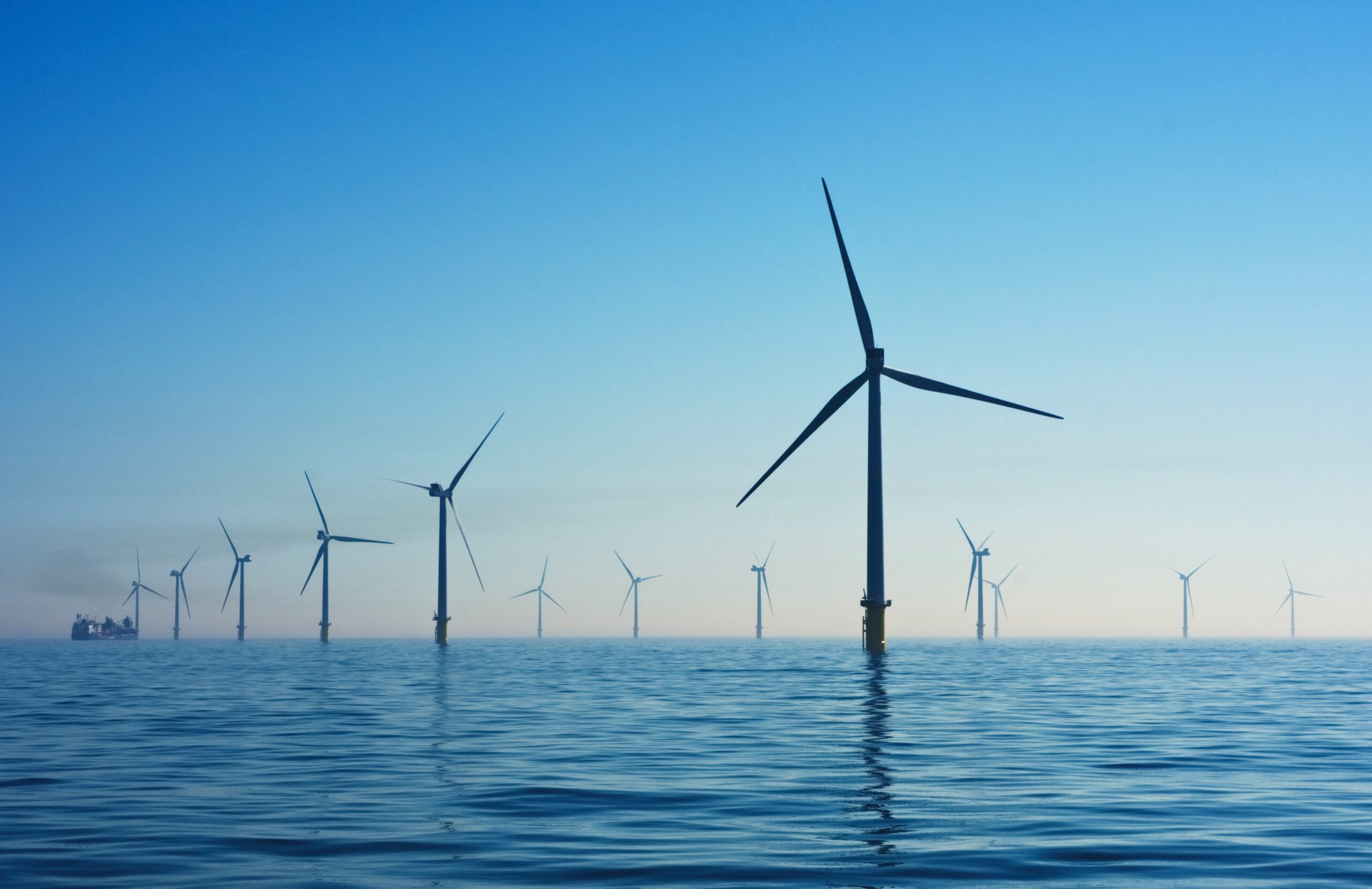Heat Decarbonisation in the home – what Scotland can learn from Denmark Leave a comment
Heat Decarbonisation in the home – what Scotland can learn from Denmark
The Scottish Government has recently set an ambitious target – all of Scotland’s houses will be net zero by 2045. This means that the country needs to decarbonise Scottish homes quickly and fairly.
In Scotland, the energy consumed from heating contributes to 13% of overall CO2 emissions, and makes up 30% of overall energy consumption. Of Scotland’s 2.5 million homes, 2 million use gas heating, and only 278,000 use heat pumps, electric storage heaters, or other low carbon heating systems. Heating decarbonisation is a huge feat, especially in Scotland’s cities: classic tenements are elegant, but hard to heat, difficult to insulate, and generally quite small.
Scotland will most likely not be able to follow a one size fits all plan for its heat decarbonisation strategy. Instead, different areas, buildings, and contexts will require using different low carbon heat systems and insulation strategies.
A little bit more about Denmark?Denmark might have a very different energy history to the UK, but like Scotland, the country is small, dark and cold. A frontrunner for heat decarbonisation and a global leader of district heating technology, Denmark can offer us some lessons.
District Heating Networks should be used in areas where heat pumps are not an option, due to spatial limitations. District heating can deliver stable and affordable, low-carbon heating – provided it comes from renewables, the burning of household waste, or waste heat energy from industrial activities.
Almost a quarter (24.6%) of people in Scotland are living in fuel poverty. The heat decarbonisaton strategy should follow the Danish model of strict on profit margins from District Heating so that people can afford to heat their homes.
Where new renewable wind projects are proposed, District Heating can ensure community benefits. In other areas, local bans on landfills could incentivise household waste incineration for District Heating, as in Denmark.
Denmark is creating a comprehensive digital platform for sharing information on home renovations. This will enable the collection and public release of data on buildings, such as energy consumption levels, condition, building and resident register information, and home heating systems. Homeowners and renters can use this platform to learn about which heat decarbonisation strategies have been the most effective for different types of buildings and contexts. A similar digital information-sharing platform should be used in Scotland, due to the country’s unique buildings and energy infrastructure, which produce distinctive challenges.
By learning from Denmark’s policies, Scotland can both reach its heat decarbonisation policy goals, and reduce heating costs for residents – an important part of the just energy transition, especially in the face of the current energy crisis.
Sources:
Bertelsen, N., Paardekooper, S. and Mthiesen, B.V. (2021) ‘Implementing large-scaleheating infrastructures: experiences from successful planning of district heating andnatural gas grids in Denmark, the United Kingdom, and the Netherlands’. EnergyEfficiency, 14(64), pp.1-22.
DHPA. (2021) The National Strategy for Sustainable Construction. Ministry of the Interiorand Housing.
The Scottish Government. (2020) Scottish House Condition Survey.
The Scottish Government. (2021) Heat in Buildings Strategy: Achieving net zero emissionsin Scotland’s Buildings.
Chapman, O., Kapetaniou, C., and Gabriel, M. (2021) Decarbonising Homes: Consumerattitudes towards energy efficiency and green heating in the UK. Nesta.
